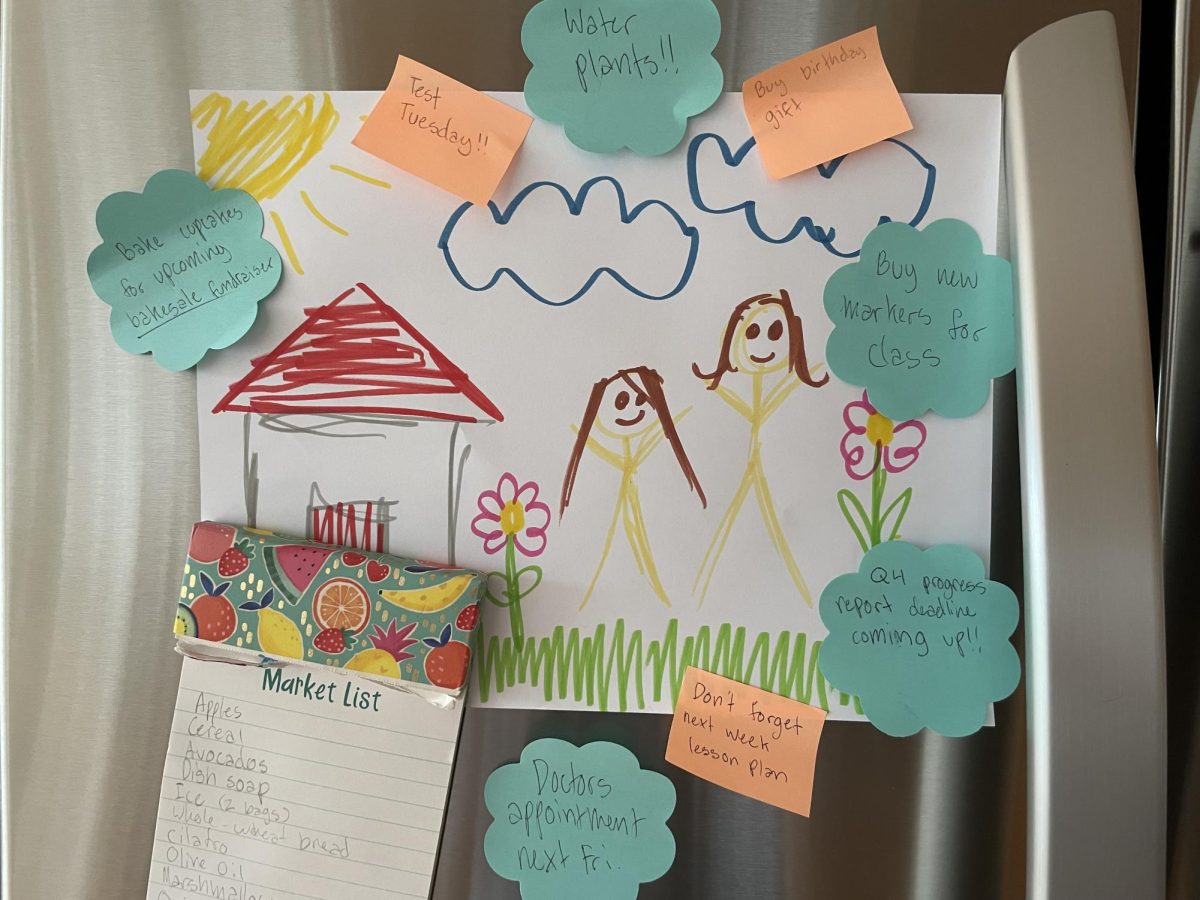The holiday season is upon us, and with it comes the time for sending cards. Especially with social isolation, cards — whether they’re thank you cards, family holiday cards, or sending well wishes — can help us stay in touch and show loved ones that we’re thinking of them. If you’re looking to improve your designs or if you’re tired of your cards looking similar, here are some essential graphic design tips to keep in mind.
1. Pick a color palette
Color palettes help the card come together and can make visual elements stand out without clashing. Classic holiday colors, such as red and green for Christmas, blue and white for Hanukkah, or red, black, and green for Kwanzaa, are safe bets for festive themes, and different shades and tones (values of darkness and lightness) of those colors can be used as well. This allows the colors to work better together and adds variation. Other examples of trusty color palettes are monochromatic (using different shades and tones of a single hue) or use variations on primary colors (red, yellow, and blue). Still, it’s always up to your judgment on what looks best. For anyone looking to seriously develop their color palettes, the website coolors.co is useful for exploring, creating, and adjusting color schemes.
2. Consider header styles
Even with average handwriting, there are still simple header styles that can add flair to your cover decorations, salutation line, and valediction. Easy examples include using all under case letters, all uppercase letters, or writing with especially tall, narrow, or wide lettering. Using stylistic differences in headers makes those sections stand out, particularly when combined with different colors than the body writing.
3. Consider the composition
Composition, or the layout of the page, is a major aspect of creating engaging designs and, for cards, is most relevant to cover decorations. For covers with words, it helps to plan the placement of the words while considering what other decorations will be on the page. The words may be centered or off to one side, and that can determine whether it would look best to have decorations surrounding the words, lay on the same or opposite side of the page, or disperse evenly. It’s generally sound to have either a balanced page or purposefully skewed page.
4. Incorporate motifs and designs
These motifs will act as the main decoration on the front, and those elements can also be used elsewhere in the card, such as next to the valediction or where there is a large amount of white space. Wintry designs make lovely seasonal motifs, especially for holiday cards. Floral, stellar, or geometric designs are other examples of simple decorations that can be built upon for different levels of decoration.
These design tips might be small, but they can really enhance even something as small as a card. Happy decorating and happy holidays!









